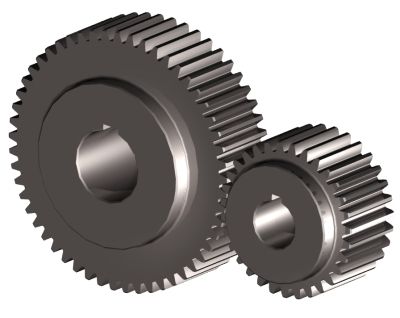
Spur gears are a type of cylindrical gear, with shafts that are parallel and coplanar, and teeth that are straight and oriented parallel to the shafts. They’re arguably the simplest and most common type of gear – easy to manufacture and suitable for a wide range of applications.
The teeth of a spur gear have an involute profile and mesh one tooth at a time. The involute form means that spur gears only produce radial forces (no axial forces), but the method of tooth meshing causes high stress on the gear teeth and high noise production. Because of this, spur gears are typically used for lower speed applications, although they can be used at almost any speed.
An involute gear tooth has a profile that is the involute of a circle, which means that as two gears mesh, they contact at a single point where the involutes meet. This point moves along the tooth surfaces as the gears rotate, and the line of force (known as the line of action) is tangent to the two base circles. Thus, the gears adhere to the fundamental law of gearing, which states that the ratio of the gears’ angular velocities must remain constant throughout the mesh.
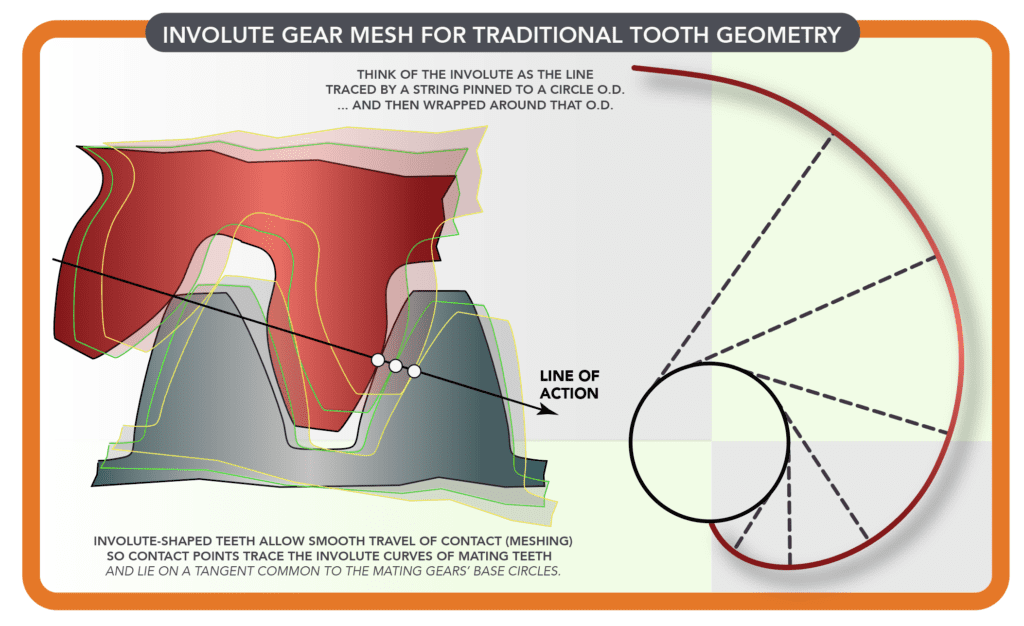
Spur gears can be made from metals such as steel or brass, or from plastics such as nylon or polycarbonate. Gears made of plastic produce less noise, but at the expense of strength and loading capability. Unlike other gear types, spur gears don’t experience high losses due to slippage, so they generally have high transmission efficiency. Multiple spur gears can be used in series (referred to as a gear train) to achieve large reduction ratios.
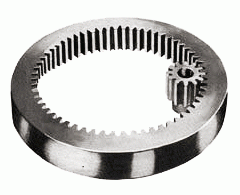
There are two primary types of spur gears: external and internal. External gears have teeth that are cut on the outside surface of the cylinder. Two external gears mesh together and rotate in opposite directions. Internal gears, in contrast, have teeth that are cut on the inside surface of the cylinder. An external gear sits inside the internal gear, and the gears rotate in the same direction. Because the shafts are positioned closer together, internal gear assemblies are more compact than external gear assemblies. Internal gears are primarily used for planetary gear drives.
Spur gears are generally seen as best for applications that require speed reduction and torque multiplication, such as ball mills and crushing equipment. Examples of high-speed applications that use spur gears – despite their high noise levels – include consumer appliances such as washing machines and blenders. And while noise limits the use of spur gears in passenger automobiles, they are often used in aircraft engines, trains, and even bicycles.

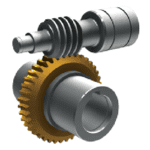
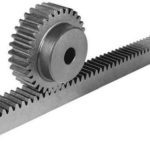

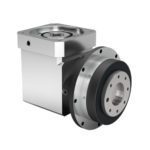
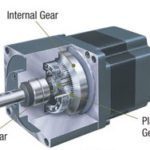

Leave a Reply
You must be logged in to post a comment.